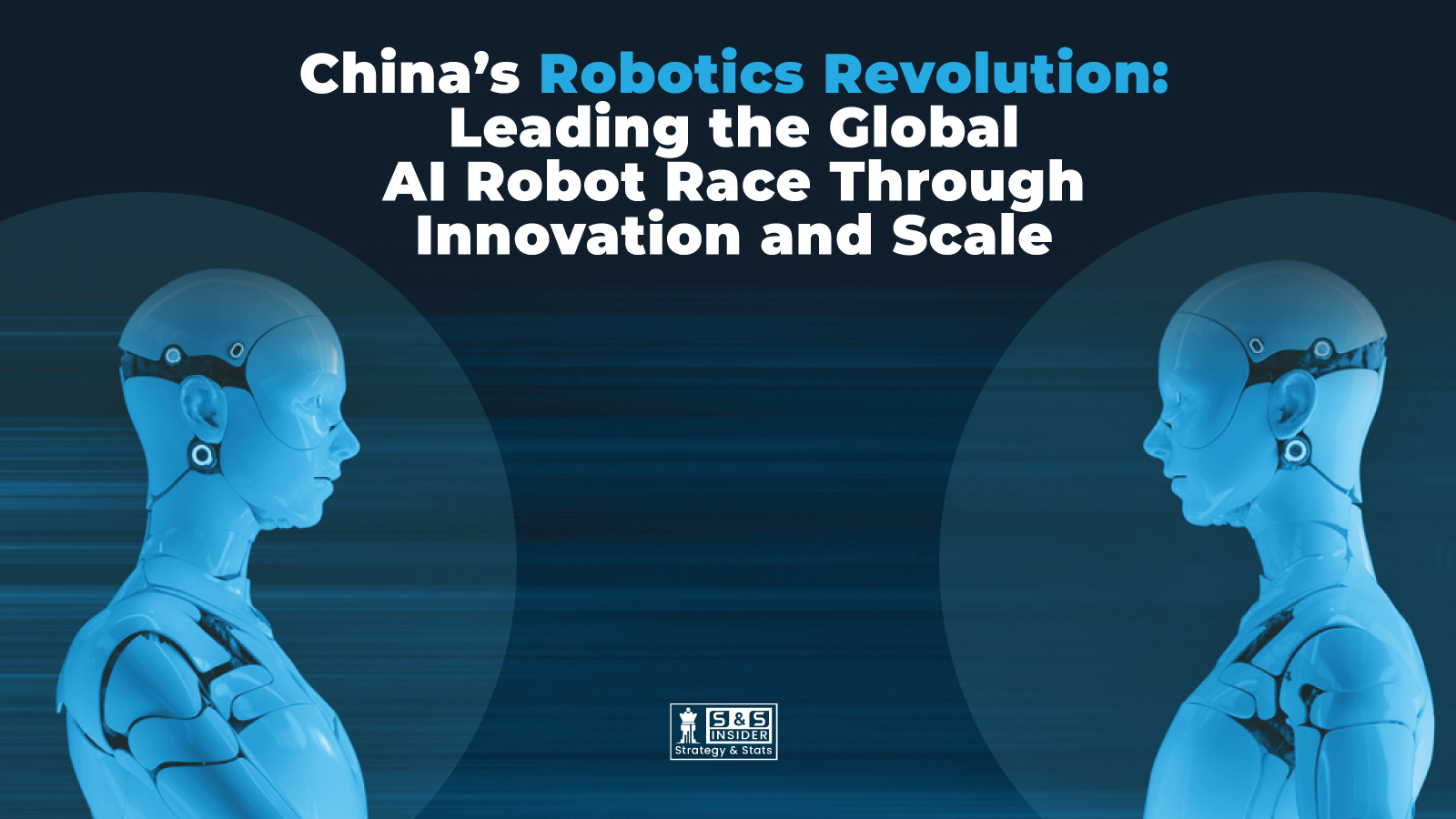
China is winning the race for AI robots due to its aggressive investment, strategic policies, and rapidly advancing technological ecosystem. The country's unique combination of government support, vast data resources, and manufacturing capabilities is positioning it as a global leader in AI-driven robotics, with profound implications for industries worldwide.
Strategic National Policies Driving AI Robotics:
China's national development policy is closely linked to its AI robotics adventure. Artificial intelligence has been specifically emphasized by the Chinese government as a major force behind economic expansion and technological domination. Launched in 2017, the "New Generation Artificial Intelligence Development Plan," sets ambitious targets to position China as the world's center for AI innovation by 2030. Massive public financing, preferential laws, and the creation of AI research institutes and innovation hubs across the country all support this policy framework. Many other nations, on the other hand, rely more on private sector efforts without the same level of well-coordinated public support.
Leadership in Production and Deployment:
China installed nearly 300,000 new industrial robots in 2024 alone, surpassing the total installations of all other countries combined. It now operates over two million factory robots, doubling its stock since 2021, and leads global demand with 54% of robot deployments worldwide in 2024. This is a clear indicator of China’s dominance in robotic process automation.
Role of Leading Tech Giants in AI Robot Development:
Chinese tech giants, such as Baidu, Alibaba, Tencent (collectively known as BAT), and newer players such as SenseTime and DJI, combine AI research expertise with vast capital and market access. These companies are pioneering breakthroughs in robot vision, natural language processing, autonomous navigation, and human-robot interaction. Their innovations make Chinese AI robots smarter, more versatile, and suitable for diverse applications ranging from logistics and retail to healthcare and agriculture. By setting industry standards and scaling solutions rapidly, these firms help China corner market segments in ways competitors struggle to match.
Rising Robot Density and Domestic Innovation:
The number of robots per 10,000 employees in China has climbed significantly, reaching 470 in 2023, putting it ahead of countries, such as Germany and Japan. Chinese robotics firms have expanded rapidly, increasing their market share domestically from 29% in 2015 to 47% in 2023, while also growing exports. Companies, such as ESTUN and Unitree are pioneering advancements in industrial and humanoid robots respectively, integrating AI for smarter, more efficient operations.
Strategic National Initiatives:
Robotics is a key element of China's "Made in China 2025" strategy, which emphasizes AI integration and smart manufacturing. The development and acceptance of robotics in developing industries, such as electric vehicles, solar panels, and lithium-ion battery manufacture are accelerated by government support and advancements in 5G, semiconductors, and artificial intelligence technology.
Affordability and Advanced Technology:
Without sacrificing sophistication, Chinese AI robots are among of the most reasonably priced in the world. Unitree Robotics, for instance, sells humanoid robots for approximately USD 5,900 and robot dogs for about USD 1,600. Numerous Chinese enterprises run "dark factories" with just robots working, demonstrating the nation's advancements in both output volume and technological prowess.
Global Implications and Challenges:
China's quick rise in AI robots is changing the nature of industrial rivalry worldwide and forcing other nations to step up their automation and innovation initiatives. China is a leader in manufacturing and deployment, but it also faces issues including geopolitical tensions, worker effect, and ethical dilemmas. However, it is firmly at the vanguard of the AI robot’s revolution due to its combination of manufacturing strength, data availability, regulatory backing, and innovation ecosystem.
Source – Hindustan Times